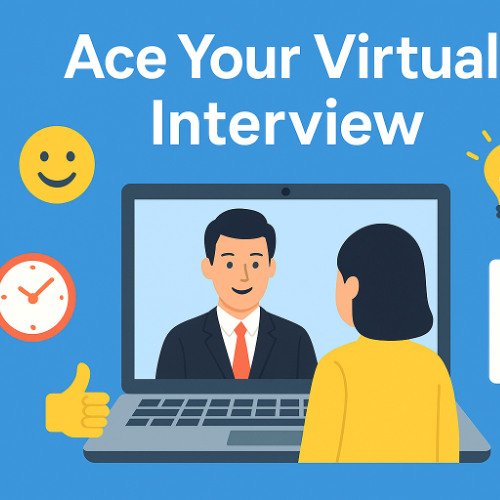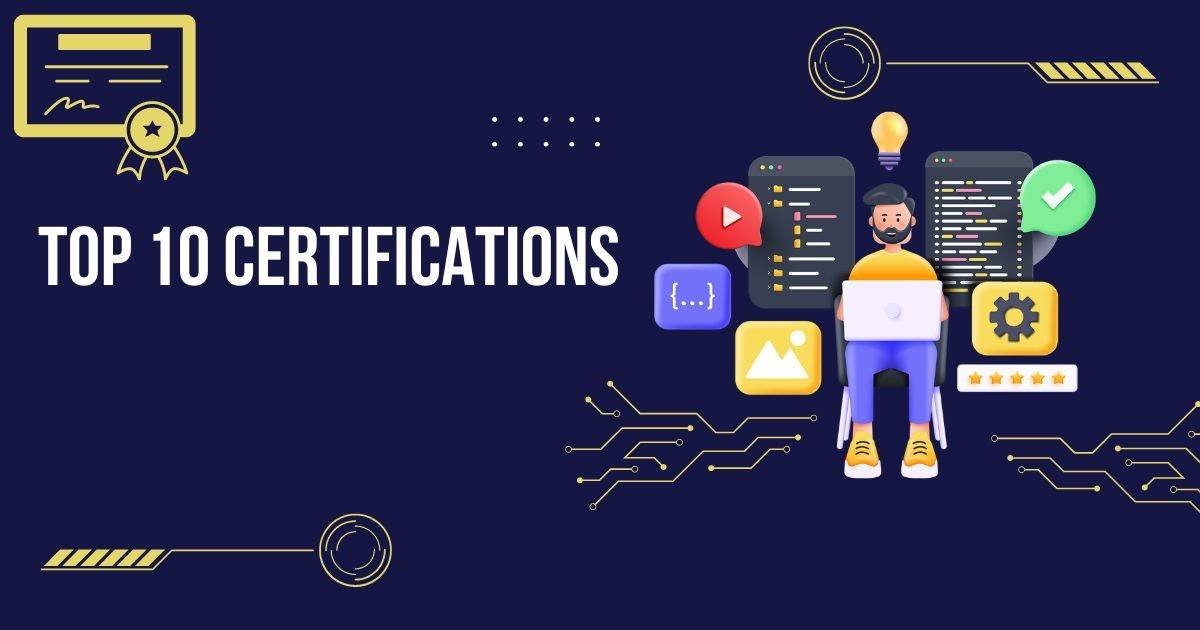
Top 10 Expert Tips to Ace Your Virtual Interview in 2025
How to Ace a Virtual Interview in 2025
In today's digital-first world, virtual interviews have become the new norm for hiring across industries. As companies continue to embrace remote and hybrid work models in 2025, job seekers must be prepared to navigate the virtual interview landscape with confidence and professionalism. Whether you're a fresh graduate or a seasoned professional, mastering virtual interview skills can significantly increase your chances of landing that dream job.
This blog will walk you through everything you need to ace your virtual interview — from tech setup to body language, and follow-up etiquette to real-time strategies.
1. Understand the Format
Before diving into preparation, clarify what kind of virtual interview you're heading into. Is it a live video call (Zoom, Google Meet, Microsoft Teams)? Or is it a one-way recorded interview (like HireVue or Spark Hire), where you record answers to pre-set questions?
Action step: Ask the recruiter in advance about the platform, format, and whether the interview is live or pre-recorded. This helps you mentally and technically prepare.
2. Master the Technology
A smooth interview starts with the right tech setup. You don’t want to fumble with camera settings or poor internet during an important call.
Tech checklist:
-
Stable Internet Connection: Preferably with 5 Mbps upload/download speed or more.
-
Functional Webcam & Microphone: Test your audio and video quality using the same platform the interview will be conducted on.
-
Proper Lighting: Natural light or a ring light placed behind your screen works best. Avoid sitting with your back to a window.
-
Backup Options: Keep your phone charged with the meeting link accessible in case your laptop fails.
3. Set the Right Environment
Your surroundings play a big role in how you're perceived.
Tips for your setup:
-
Choose a quiet, distraction-free room.
-
Use a neutral background or a professional virtual background if needed.
-
Inform family/roommates ahead of time to avoid interruptions.
-
Keep pets, mobile phones, and unnecessary tabs out of the picture.
4. Dress for Success
Even though you're interviewing from home, you should dress just as you would for an in-person interview. Studies show that dressing professionally boosts confidence and improves performance.
Pro tip:
Avoid overly bright colors or distracting patterns. Go for solid, neutral shades that look good on camera.
5. Practice Virtual Etiquette
Virtual interviews require a slightly different kind of presence than in-person ones.
Key etiquettes:
-
Eye Contact: Look directly into the camera, not at the screen or your own video feed.
-
Clear Communication: Speak slowly, enunciate clearly, and pause occasionally to allow for any lag.
-
Body Language: Sit straight, smile naturally, and avoid excessive hand gestures or fidgeting.
-
Mute When Not Speaking: In group interviews or panel discussions, this avoids background noise.
6. Prepare as You Would for an In-Person Interview
Virtual doesn’t mean informal. Research the company, role, and industry trends. Be ready to discuss your achievements, challenges, and how you solve problems.
Must-know strategies:
-
Use the STAR Method (Situation, Task, Action, Result) to answer behavioral questions.
-
Prepare 3–4 thoughtful questions to ask the interviewer about the company, team, or future goals.
-
Practice common questions using mock interviews with friends or through platforms like InterviewBuddy or Pramp.
7. Use the Virtual Format to Your Advantage
Here's a smart trick: since you're not face-to-face, you can keep sticky notes, bullet points, or a cheat sheet right outside the camera frame. Just don’t overdo it — you should still sound natural and conversational.
You can also prepare a copy of your resume, the job description, and notes on the company to glance at if needed.
8. Show Authentic Enthusiasm
It’s harder to read enthusiasm on video, so be intentional about it.
-
Smile often.
-
Use expressive (but controlled) tone variations.
-
Nod when the interviewer is speaking to show you're engaged.
-
Mirror the interviewer’s energy and tone where appropriate.
9. Handle Glitches Gracefully
Technical issues can happen. If the audio cuts off or video lags, don’t panic.
What to do:
-
Politely let the interviewer know there’s a problem.
-
Use the chat box to communicate if needed.
-
If you disconnect, rejoin immediately and apologize briefly.
-
Don’t blame the tech; remain composed and solution-oriented.
10. Follow Up with Impact
Once your interview is over, send a thank-you email within 24 hours.
Your email should:
-
Express gratitude for their time.
-
Mention one specific part of the interview you enjoyed or learned from.
-
Reiterate your interest in the role and how you can contribute.
-
Keep it concise and professional.
Final Words
Virtual interviews are here to stay. With the right preparation and mindset, you can use them to showcase your adaptability, professionalism, and communication skills. By treating a virtual interview as seriously as an in-person one — while leveraging the advantages of being in your own space — you set yourself up for success in 2025’s competitive job market.
FAQs
1. What should I do if my internet disconnects during a virtual interview?
Immediately try to rejoin the meeting. If you're unable to, contact the interviewer via email or phone to explain the situation and reschedule. Always have a backup device or mobile hotspot ready if possible.
2. Is it okay to use notes during a virtual interview?
Yes, but discreetly. You can keep key bullet points or reminders near your screen, but avoid reading off a script. Practice beforehand so you appear natural and confident.
3. What’s the ideal length for responses in a virtual interview?
Aim for 1–2 minutes per answer. Be concise, structured (use the STAR method), and avoid rambling. Practice timing your answers during mock interviews.
4. How early should I join a virtual interview?
Join 5–10 minutes early to test audio/video settings and calm your nerves. This shows punctuality and gives time to fix any last-minute glitches.
5. Do I need to send a thank-you email after a virtual interview?
Absolutely. A thank-you email shows professionalism and enthusiasm. It’s also a chance to reinforce your fit for the role and leave a lasting impression.
If you're preparing for interviews, don’t forget: success doesn’t just depend on what you say, but how you present yourself in the digital space. So, polish your tech, set your stage, and let your best self shine through the screen.



